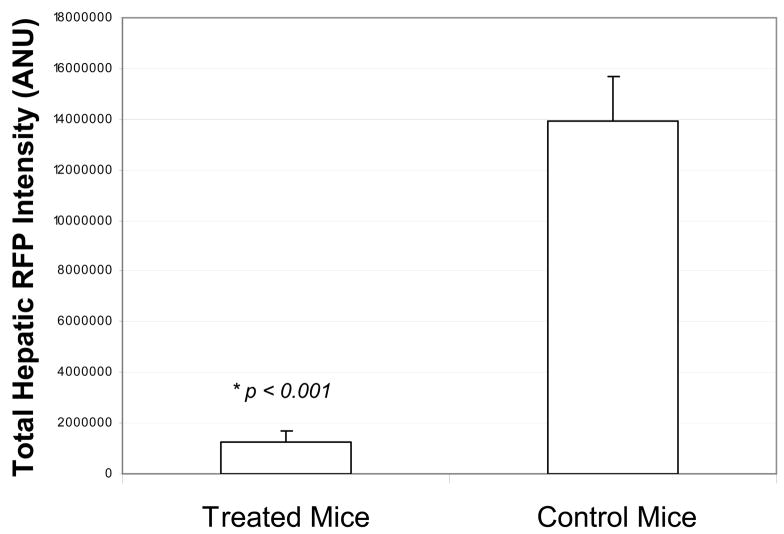Figure 2. A1-R delivered via intrasplenic injection suppresses XPA-1 RFP P5B tumor growth in the liver.
GFP-labeled S. typhimurium A1-R bacteria were delivered via operative intrasplenic injections as described above. The 4 Treated mice received weekly intrasplenic S. typhimurium for a total of 3 doses on Day 3, Day 10 and Day 17 post-tumor cell injection. The remaining 5 mice served as untreated controls. All 9 mice were sacrificed on Day 23 post tumor-cell injection. For the excised liver and spleen, the RFP intensities of all pixels were quantified and summed with the mean total RFP intensity computed for each group. The 4 mice which had been treated with intrasplenic S. typhimurium had a significantly lower mean total RFP intensity on the liver surface as compared with the 5 untreated controls (t test, p < 0.001). Figure 2a shows the liver images from the 4 mice treated with intrasplenic injection of S. typhimurium A1-R. Figure 2b shows the liver images from the 5 control mice. Figure 2c shows the mean total RFP intensity from the liver of the 4 control mice as compared to the mean total RFP intensity from the liver of the 5 treated mice.



